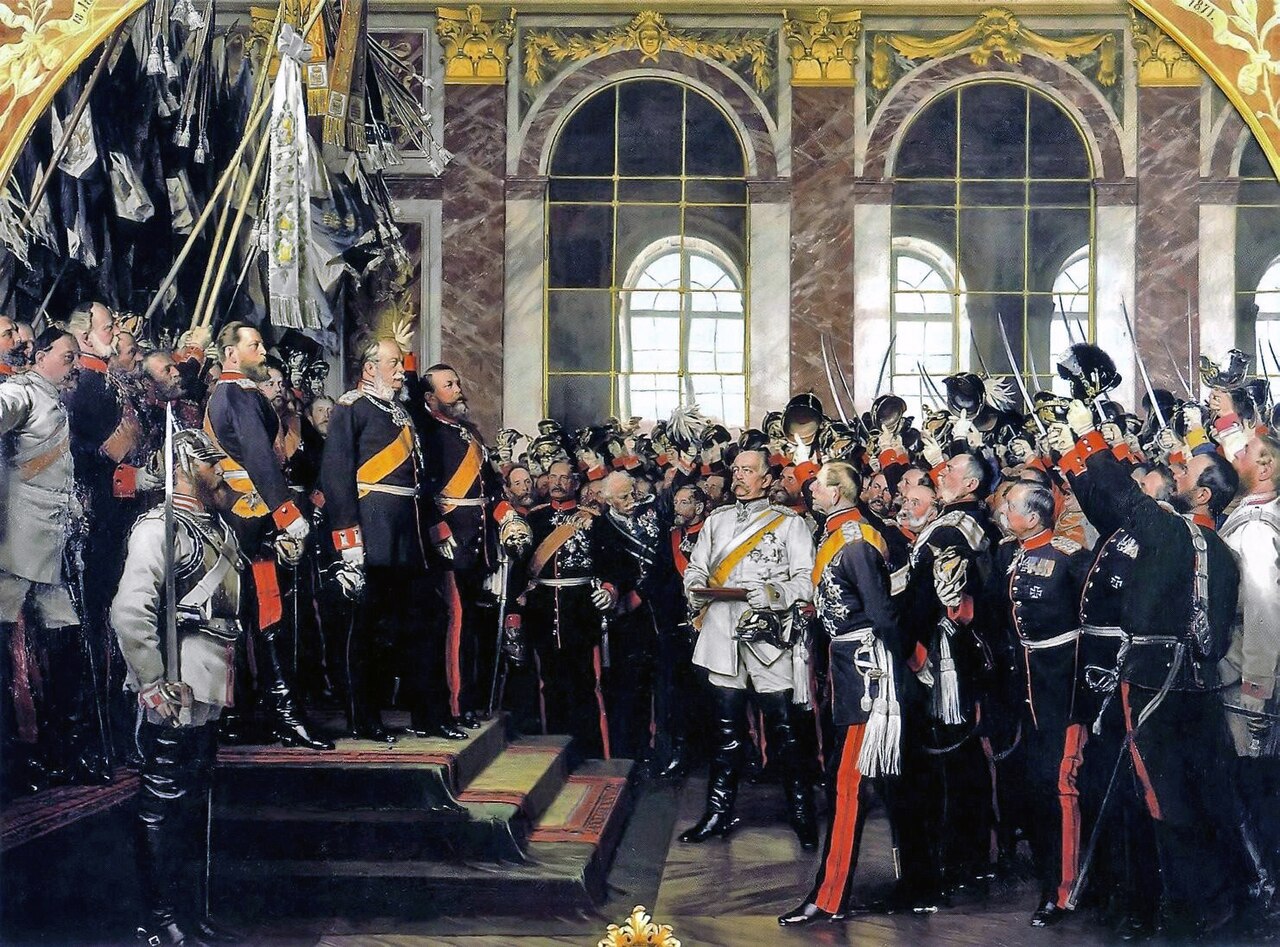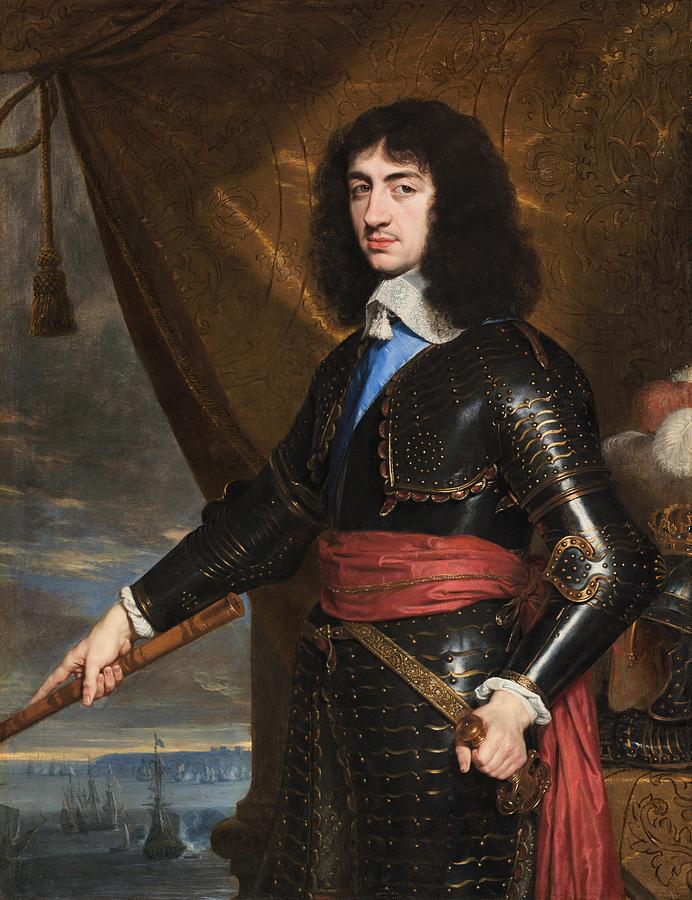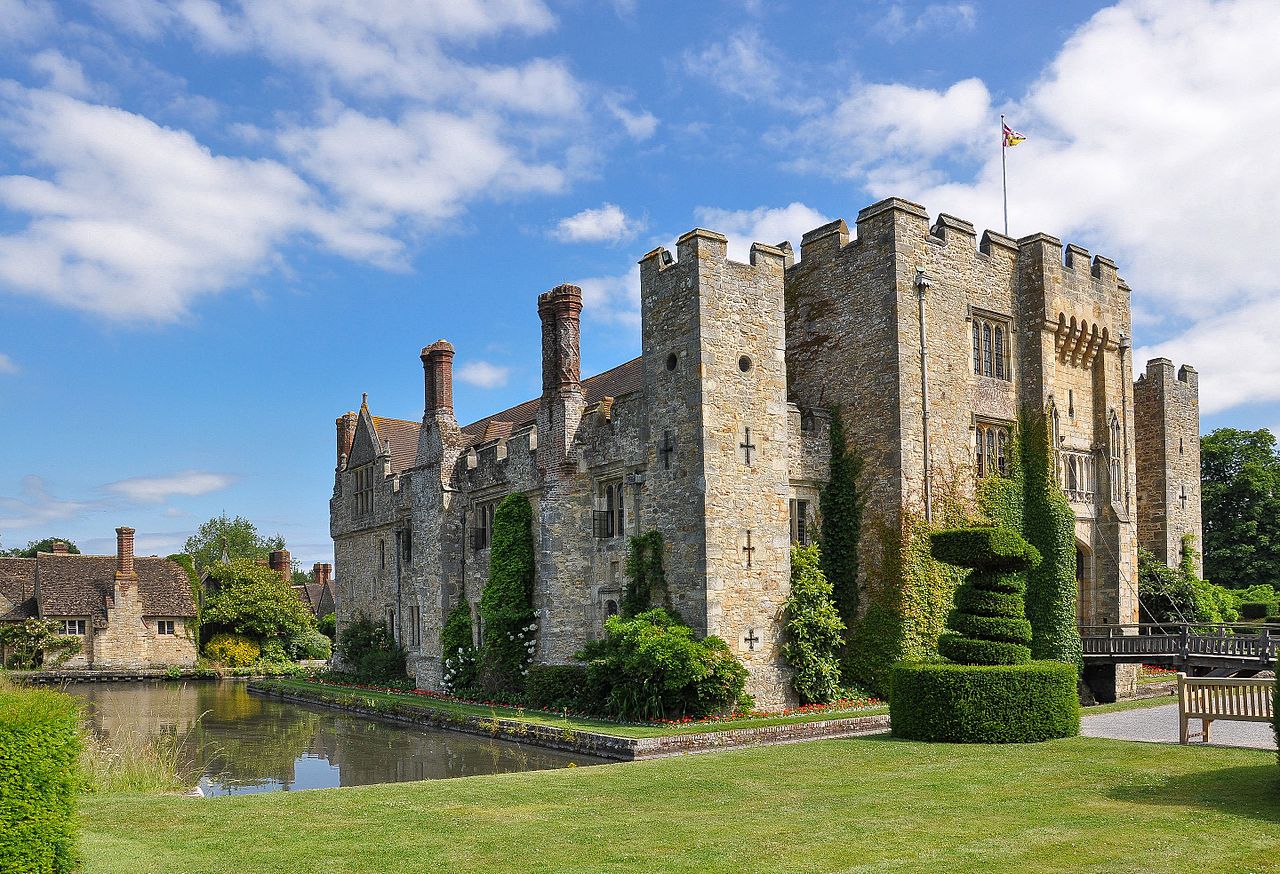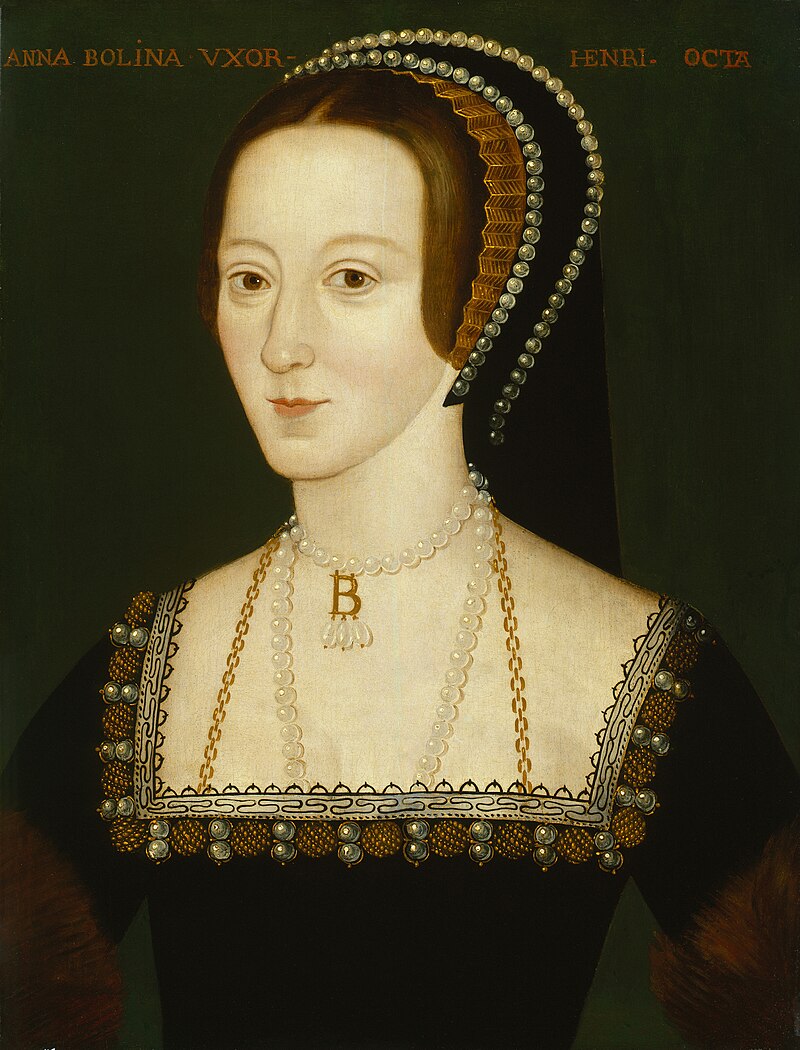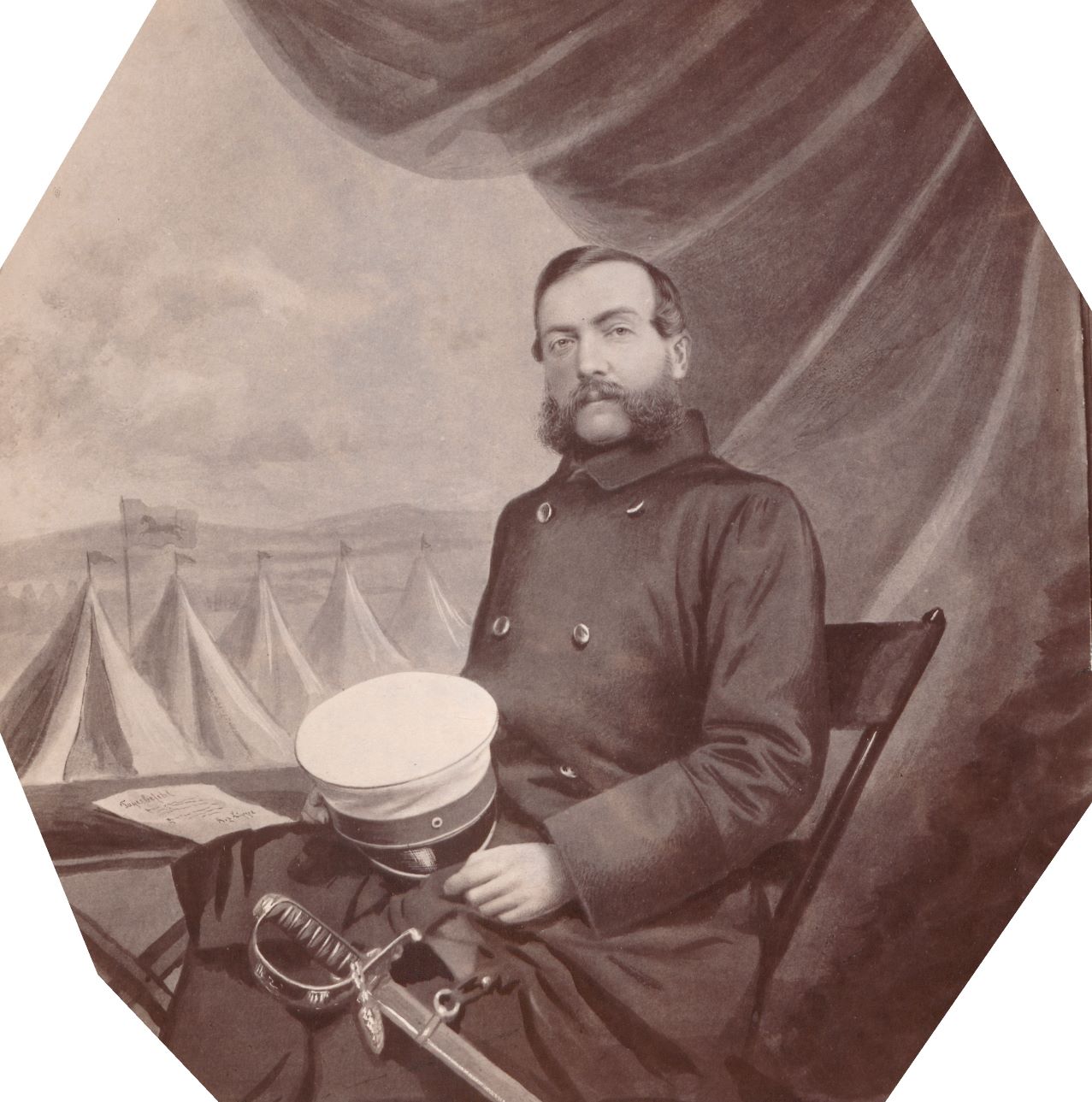by Scott Mehl © Unofficial Royalty 2020
Lillie Langtry was the mistress of the future King Edward VII (while he was Prince of Wales) from 1877-1880. A married socialite at the time, she later embarked on a career in the theatre, with the encouragement and support of the Prince. She also took several other lovers, including Prince Louis of Battenberg, the Prince of Wales’s future nephew-by-marriage, who possibly fathered her only child.

Lillie Langtry; Credit – Wikipedia
Lillie Langtry was born Emilie Charlotte “Lillie” Le Breton on October 13, 1853, at the Old Rectory at St. Saviour Church on the Island of Jersey, part of the United Kingdom. She was the only daughter of the Very Reverend William Corbet Le Breton and his wife Emilie Martin Davis. Her father was the Rector at St. Saviour and also served as Dean of Jersey. Lillie had six brothers:
- Francis Corbet Le Breton (1843) – unmarried
- William Inglis Le Breton (1846) – married Elizabeth Price, had issue
- Trevor Alexander Le Breton (1847) – unmarried
- Maurice Vavasour Le Breton (1849) – unmarried
- Clement Martin Le Breton (1851) – married Alice Jones, had issue
- Reginald Le Breton (1855) – unmarried
On March 9, 1874, Lillie married Edward Langtry, a wealthy Irish landowner who had recently been widowed. They had known each other just six weeks but shared a love of sailing and bonded very quickly. Later in life, Lillie would jokingly say that “to become mistress of the yacht, I married the owner.” The couple moved to London, where Lillie soon became part of the London society scene. The couple remained married until 1897 but had been estranged for many years. Having become an American citizen in 1897, Lillie successfully filed for divorce from Langtry, who died several months later.
Upon her arrival in London, Lillie soon found herself amidst London’s high society. Her beauty caught the eye of the artist Frank Miles, who soon asked Lillie to sit for a portrait. The portrait was purchased by Prince Leopold, Duke of Albany the younger brother of The Prince of Wales, the future King Edward VII. Lillie also sat for portraits by several other artists, leading to her quick entrance into the highest ranks of society.

The Prince of Wales, later King Edward VII. source: Wikipedia
In May 1877, Lillie attended a dinner party that was also attended by The Prince of Wales, who had arranged to be seated next to her. Soon, the two began a relationship that would last until June 1880. However, she also had several other relationships during this time. One lover was The Earl of Shrewsbury, who she began seeing in July 1879. This relationship led to some media speculation that her husband was planning to divorce her and name the Prince of Wales as one of the co-respondents. The Prince quickly sued the journalist who was later sentenced to prison for his allegations. Other lovers during this time were Prince Louis of Battenberg (who would later marry the Prince of Wales’s niece, Princess Victoria of Hesse and by Rhine), and Arthur Jones, the brother of Lilly’s sister-in-law. One of these affairs led to Lilly becoming pregnant in mid-1880. Lilly told Prince Louis that he was the father, and he was quickly dispatched to a warship with the Royal Navy. However, Lilly left for Paris – along with Arthur Jones – thanks to funding from The Prince of Wales. She gave birth to a daughter – Jeanne Marie – on March 8, 1881. It is most likely that Jones was the child’s father, but it was never confirmed. Prince Louis’s son Earl Mountbatten stated numerous times that he believed his father was the biological father.
Lillie’s pregnancy ended her affair with The Prince of Wales, but the two would remain in occasional contact and the Prince often used his influence to help her in her future career. In 1881, back in London, Lillie found herself in financial distress. A close friend, writer Oscar Wilde, suggested she try the theatre. She began with a local amateur theatre and soon made her debut at the Haymarket Theatre in London. Lillie quickly became a success, starting her own theatre company which toured throughout Europe and the United States over the next 26 years. She retired from the stage in 1917.
During her time in the United States, Lillie had a long-term affair with an American, Frederick Gebhard, who introduced Lillie to horse racing. Together the two bought a stable of horses which they trained and raced throughout the United States. She later became involved with George Alexander Baird, a very wealthy gentleman in the horse-racing world. After his death several years later, Lillie purchased several of his horses and some of his properties. By 1919, finding that horse racing was more of a financial drain than an income, Lillie sold all her horses and interests and moved to Monaco.

Lillie in 1915; Credit – Wikipedia
Two years after divorcing her first husband, Lillie married a second time. On July 27, 1899, at St. Saviour’s Church in Jersey, Lillie married Hugo Gerald de Bathe with just her daughter and the officials present. Eighteen years her junior, de Bathe had seven older siblings, but as he was the firstborn after his parents’ marriage, he was the heir to his father’s Baronetcy. He succeeded his father as 5th Baronet and inherited a large portfolio of properties in Sussex, Devon and Ireland. These in Sussex included Woodend, a 17-bedroom property on 71 acres, Hollandsfield, a 10-bedroom property on 52 acres, and Balsom’s Farm which consisted of 206 acres. The couple used Woodend as their primary residence. All of the properties were later sold, in 1919.
Lillie remained in close contact with The Prince of Wales and was a guest at his Coronation, sitting alongside Sarah Bernhardt and Lady Randolph Churchill. She was also a guest at his funeral in 1910.
In her later years, Lady de Bathe, as she was known after 1907, lived primarily in Monaco while her husband lived in nearby Vence, Alpes Maritimes. De Bathe later served as an ambulance driver with the French Red Cross during World War I. Instead of her husband, Lillie’s main companion was her dear friend Mathilde Marie Peat who inherited a large part of Langtry’s estate including a bequest of £10,000, her home in Monaco. Villa le Lys, and her car.
Emilie Charlotte “Lillie” Langtry, Lady de Bathe, died of pneumonia in Monaco in the early morning of February 12, 1929. She was 75 years old. Per her wishes, she was buried along with her parents at St. Saviour’s Church in Jersey.
This article is the intellectual property of Unofficial Royalty and is NOT TO BE COPIED, EDITED, OR POSTED IN ANY FORM ON ANOTHER WEBSITE under any circumstances. It is permissible to use a link that directs to Unofficial Royalty.

















